AXSO LF Licence...
Details of my Scientific Assigned Licence (1999 - 2005)
Scientific Assigned Licences
These licences are primarily intended to allow operation on specific frequencies (hence the term 'assigned') by groups or individuals for such purposes as feasibility studies, basic research and product testing. Over the years various radio amateurs have taken advantage of this to obtain Scientific Assigned Licences to operate in the range of about 120kHz to 200kHz. The were only intended as temporary licences and individual amateurs have had a mixture of difficulty in obtaining a renewal of the licence to continue their investigations.
It is no longer necessary to go through all the angst to get LF transmitting authorisation here in VK as, finally, VK Advanced Licence holders have access to the 136kHz Amateur Radio band.
My AXSO Licence
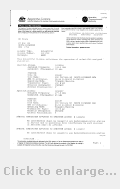
In order to gain access to the LF bands, an application was made by myself in the second half of 1998 for a Scientific Assigned Licence. It was necessary to submit a technical application (and then re-submit a more detailed application) outlining the reasons why a licence should be granted. Some communications back and forth plus several hundred dollars resulted in granting of a Scientific Assigned Licence (callsign AXSO) for the spot frequencies of 177.5kHz and 145.5kHz. The allowed power was 100W pZ (100W RF power into antenna feeder).
I held the AXSO Scientific Assigned for a number of years until the ACMA withdrew these privileges circa 2005. I think they called in the Scientific Licences of amateurs as a prelude to the 136kHz band being made an international band.
The licence cost a couple of hundred dollars for both assigned frequencies and required a technical submission outlining the experimental justification for the licence. It was only after a bit of to-and-fro that I was granted the licence.
Operation
I only operated on the higher frequency (177.5kHz) to take advantage of the higher radiation resistance and smaller tuning coil required.
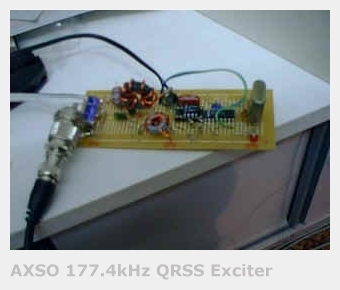
For QRSS tests the actual frequency was 177.4kHz which was determined by a crystal out of the junk box. The 11.353Mhz frequency was divided down by a digital divider (/64) and fed to an LM386 and thence to a low-pass filter to implement an exciter.

The exciter was operated in QRSS mode via the enable input pin to the divider IC. The enabling signal was supplied by one of the control lines of a serial port on a PC running a QRSS program (transmit only).
To generate higher power I have built up a linear amplifier using an audio amplifier IC to give about 10W on 177.5kHz.
Also I have modified a 500W audio stereo amplifier kit which gives about 80W on 177.5kHz.
I experimented with a number of linear modes. See below the results of SSTV and Hellschreiber tests on 177.5kHz.
AXSO Gallery
What follows is a small collection of pictures taken in the days when I operated AXSO.
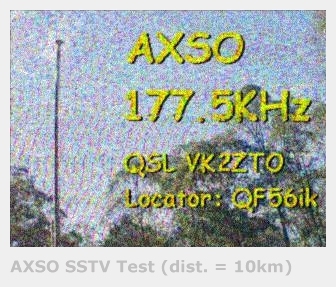
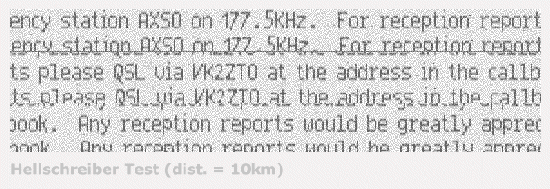
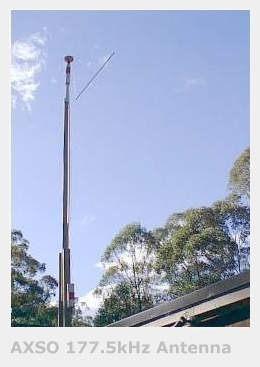
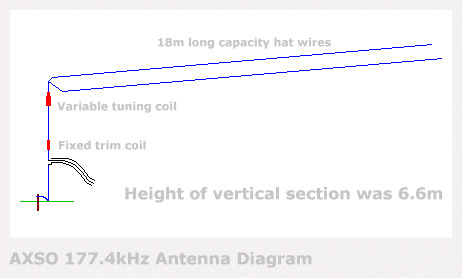
I am looking forward to get the gear back together for the new VK band.